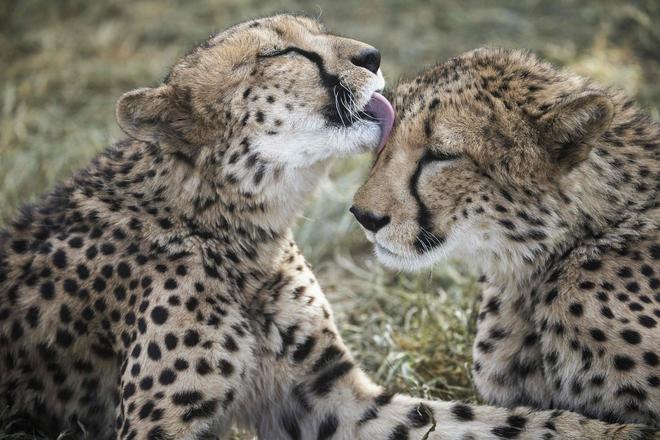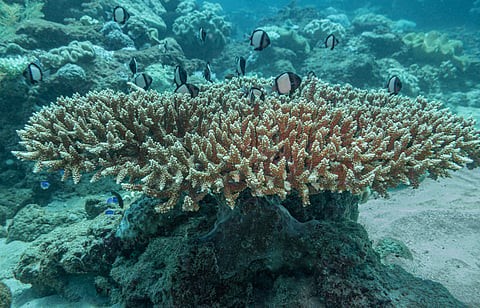Description

Copyright infringement is not intended
Context: India’s wait for cheetah could extend to months, as a formal MoU for transfer is yet to be signed.
Need of re-introduction:
- Cheetah became the only large carnivore to have gone extinct in India in the 1950s due to hunting and loss of habitat.
- Action Plan for Introduction of Cheetah in India’, is an effort to bring the world’s fastest cat back to the country after 70 years.
Relocation details:
- Source: Wildlife Institute of India and the Wildlife Trust of India, are translocating around 8-12 cheetahs from South Africa, Namibia and Botswana – which have the world’s largest populations of the animal.
- Destination: The big cats will live at Kuno Palpur National Park in Madhya Pradesh as it is most suitable for cheetah translocation in terms of habitat and an adequate prey base.
Kuno national park:
- Located in: Madhya Pradesh, India.
- Also known as Kuno-Palpur and Palpur-Kuno Wildlife Sanctuary.
Action Plan for Introduction of Cheetah in India’ details:
- A cohort of around 12 to 14 cheetahs will be imported from South Africa or Namibia and each of them will be fitted with a satellite-GPS-very high frequency radio-collar.
- The animals’ lineage and condition shall be checked in the host country to ensure that they are not from an excessively inbred stock and are in the ideal age group, so as to conform to the needs of a founding population.
- Ministry of environment and the Cheetah Task Force, will create a formal framework to collaborate with governments of Namibia and/or South Africa, through the ministry of external affairs.
About Cheetah:
- The cheetah (Acinonyx jubatus) is a large cat native to Africa and central Iran.
- It is the fastest land animal, capable of running at 80 to 128 km/h.
- Habitat: The cheetah occurs in a variety of habitats such as savannahs in the Serengeti, arid mountain ranges in the Sahara and hilly desert terrain in Iran.
- Threats: Habitat loss, conflict with humans, poaching and high susceptibility to diseases.
- Protection status: It is listed as Vulnerable on the IUCN Red List.
- Re-introduction: Cheetah was declared extinct from India in 1952 and is considered the only large mammal that has gone extinct since the country's independence. If the cheetah is reintroduced, India would become probably the only country in Asia to have all the major big cats in the wild (lions, tigers and leopards included).
https://www.thehindu.com/news/national/indias-wait-for-cheetah-could-extend-to-months/article65084839.ece











